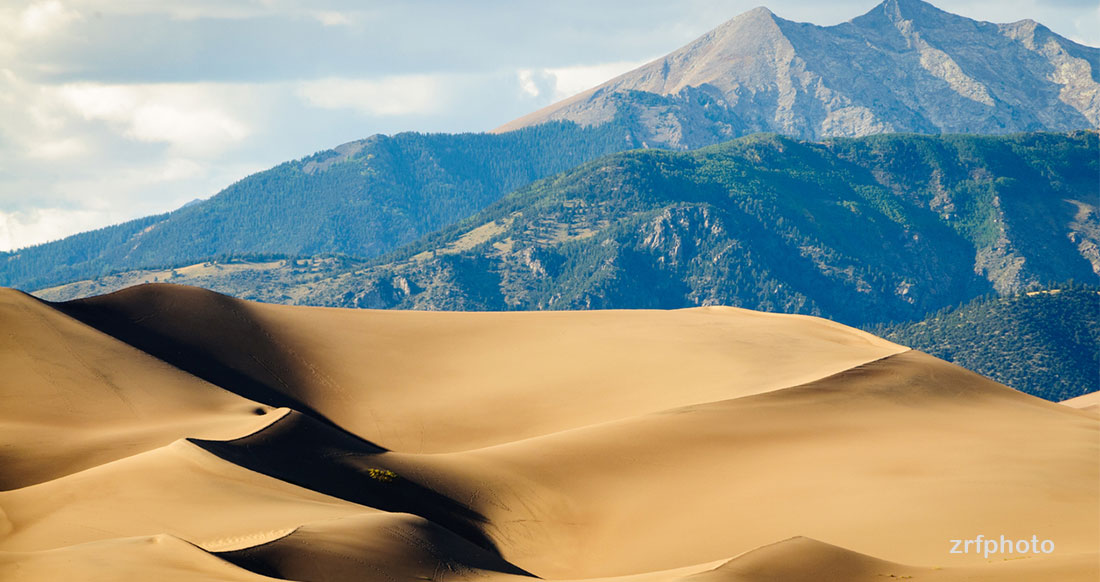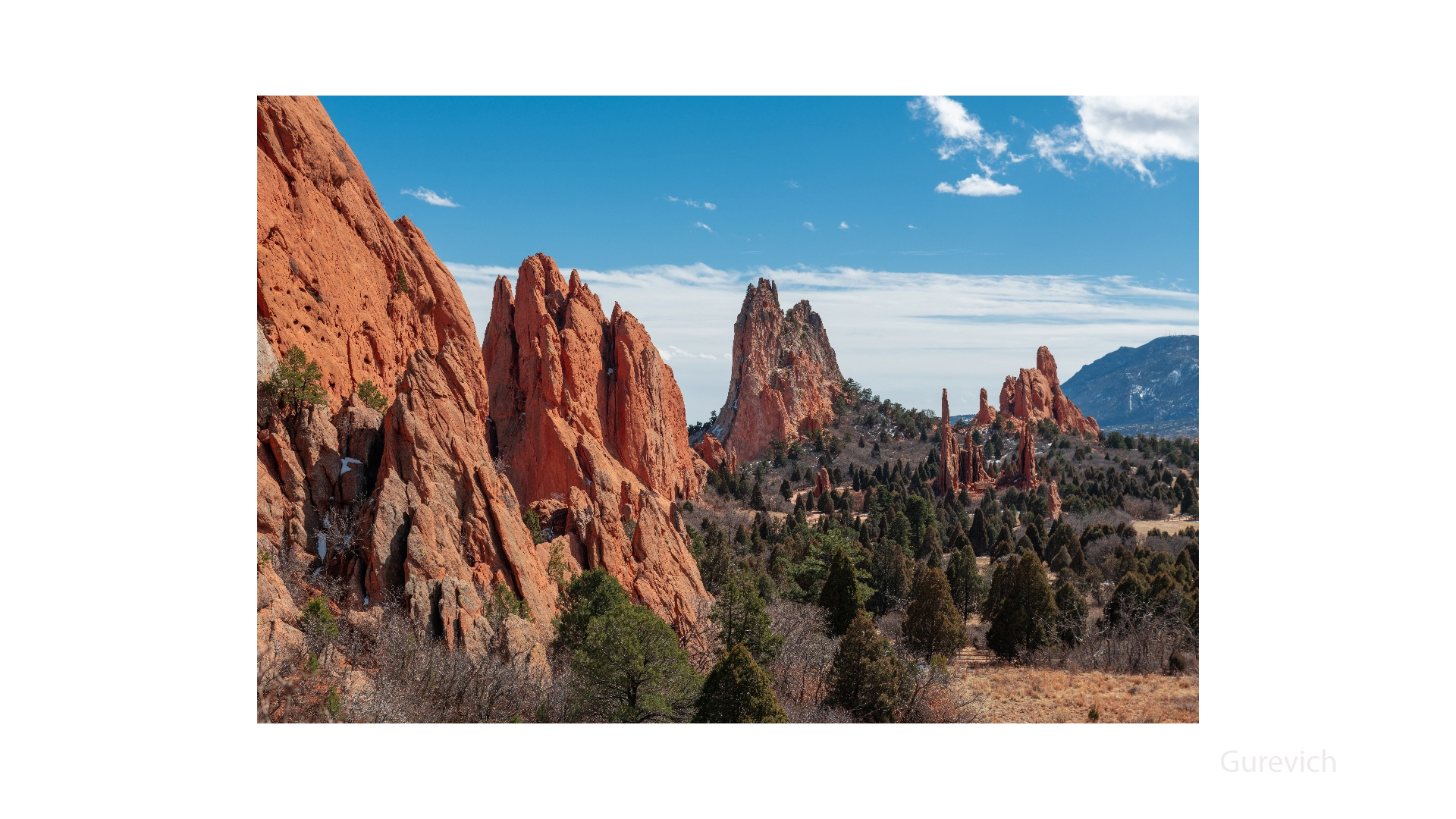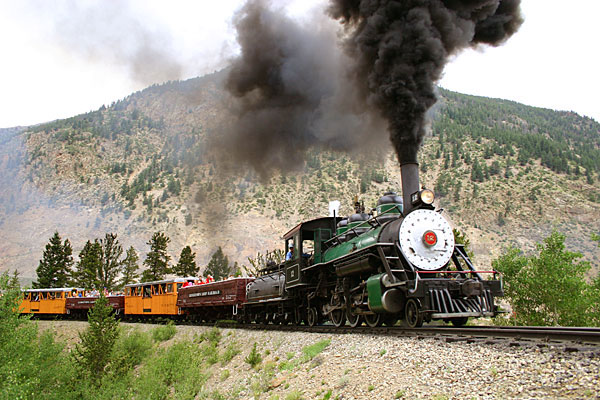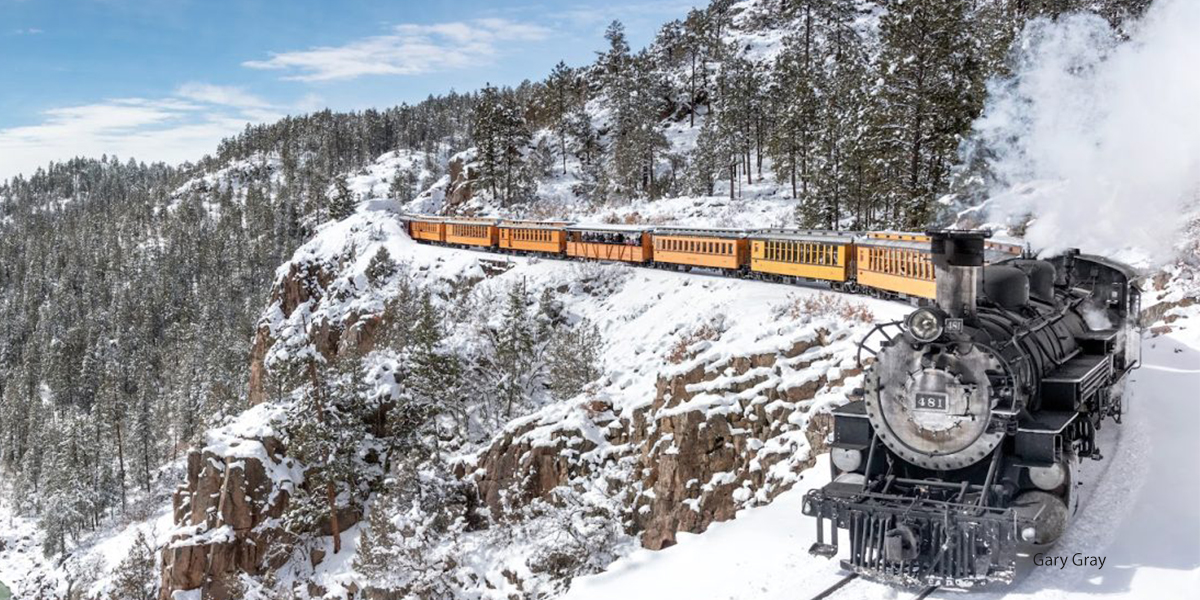Road Trip from Colorado to Arizona: Tips and Scenic Stops
Plan Your Road Trip from Colorado to Arizona, Tips and Scenic Stops
Planning a road trip from Colorado to Arizona is embarking on a journey through some of the most breathtaking landscapes the Southwestern United States offers. Framed by dramatic vistas and unique cultural landmarks, the open roads promise an adventure that stirs the soul. From the towering peaks of Colorado to the awe-inspiring canyons of Arizona, this trip is a feast for the senses. For those planning to visit Scottsdale during their journey, hotels near Mayo Clinic Scottsdale provide convenient accommodations that blend comfort with accessibility to the city’s wellness and medical facilities.
As I mapped out my route, I discovered a variety of paths that each offer their own set of attractions. Whether it’s the majestic Garden of the Gods in Colorado Springs or the iconic Grand Canyon in Arizona, there’s no shortage of wonders to explore. The drive is more than just a journey between two points—it’s an opportunity to immerse yourself in the rich tapestry of the region’s history and natural beauty.
Choosing the Best Colorado to Arizona Route
Planning a road trip from Colorado to Arizona opens up numerous possibilities for scenic exploration. Depending on your preferences, various routes offer unique landscapes and attractions.
Scenic Stops Along the Way
Several scenic stops showcase the journey’s natural beauty. Garden of the Gods near Colorado Springs provides stunning red rock formations. Continuing south, Great Sand Dunes National Park offers shifting dunes framed by the Sangre de Cristo Mountains. As you enter New Mexico, visit Santa Fe for its vibrant art scene and historic adobe architecture. In Arizona, a detour to Monument Valley presents iconic sandstone buttes, and Sedona captivates with its red rock vistas and spiritual energy. Each stop enriches the journey with unique sights and experiences.
Alternate Routes to Consider
Choosing alternate routes depends on your pace and interests. For a leisurely drive, follow US Route 160 through Durango and Four Corners to witness diverse landscapes, including desert and high-altitude woodlands. Another option is Interstate 25 through Albuquerque and onward via Flagstaff, offering efficient travel with urban amenities. Those interested in history can take State Route 89A, which connects Prescott to Flagstaff, providing access to historic towns and the Sedona area. Each route promises distinct attractions and adds depth to your adventure.
Preparing Your Vehicle
It’s crucial to ensure your vehicle is in top shape for the journey from Colorado to Arizona. Proper preparation minimizes issues and enhances your road trip experience.
Essential Vehicle Maintenance
Regular maintenance checks can prevent unexpected breakdowns. I start by inspecting the tires, ensuring they have proper tread and air pressure. This not only enhances safety but also improves fuel efficiency. The oil level is next on my list since clean oil keeps the engine running smoothly. I check other fluid levels like coolant, brake, and transmission fluids to avoid mechanical problems. The battery’s condition is crucial. Ensure it’s corrosion-free and maintains a good charge. Lastly, I ensure the lights and signals work correctly for clear communication with other drivers.
Include a Roadside Emergency Kit
A roadside emergency kit is essential; you never know what might happen. I always include a spare tire, jack, and jumper cables in my trunk for emergencies. A comprehensive first aid kit is indispensable, containing items like bandages, antiseptic wipes, and pain relievers. My toolkit includes essentials such as a screwdriver and wrench to handle minor repairs. Snacks and water are vital for staying energized and hydrated. Maps or GPS devices provide reliable navigation, ensuring I remain on course without a strong mobile signal. Comfortable blankets and pillows turn rest stops into relaxing breaks, enhancing the journey’s comfort.
Must-See Colorado to Arizona Destinations
Exploring the road from Colorado to Arizona uncovers a wealth of remarkable destinations. En route, you’ll encounter diverse landscapes and awe-inspiring sites that capture the natural beauty and cultural depth of the American Southwest.
National Parks of Colorado and Arizona
The prominence of national parks enriches the journey. Starting with Colorado’s Great Sand Dunes National Park, experience sweeping sandscapes bordered by the towering Sangre de Cristo Mountains. Further along, Mesa Verde National Park unveils ancient cliff dwellings, offering a glimpse into Ancestral Puebloan life.
As you cross into Arizona, Grand Canyon National Park becomes a highlight, presenting breathtaking vistas and unparalleled hiking opportunities along its extensive trails. Don’t miss the less-trodden paths of Petrified Forest National Park, where colorful petrified wood and painted desert badlands create a unique visual spectacle. Each park provides distinct experiences that merge nature’s grandeur with historical insights.
Iconic Landmarks and Attractions
Beyond the parks, iconic landmarks beckon visitors with unique charms. In Colorado, the Garden of the Gods offers stunning red rock formations against the backdrop of Pikes Peak, perfect for hiking and photography. As the drive progresses, the Four Corners Monument allows for a unique photo opportunity where Colorado, Utah, Arizona, and New Mexico meet.
Antelope Canyon’s ethereal slot canyons and Horseshoe Bend’s dramatic river meander in Arizona captivate nature enthusiasts and photographers alike. The meteor crater in Winslow showcases Earth’s cosmic encounters, adding an educational twist to the itinerary. Each landmark adds depth and dimension to the road trip, enhancing the thrill of discovery with landscapes that tell a story.
Best Time to Travel
Timing is crucial in enhancing a road trip experience from Colorado to Arizona. Understanding the seasons and road conditions ensures a smooth and enjoyable journey.
Colorado to Arizona Seasonal Considerations
Traveling between late spring and early fall, from May through October, provides favorable conditions for most road trips in this region. During these months, temperatures are moderate, ranging from 60 to 90°F, which suits outdoor activities and park visits. Travelers can cover vast attractions comfortably as destinations like the Grand Canyon and Garden of the Gods are more accessible. However, it’s important to note that summer, from June through August, sees a significant influx of tourists. Booking accommodations and planning activities in advance become necessary to avoid crowds. Fall, particularly September and October, offers a quieter experience with stunning foliage, making it ideal for those seeking less crowded exploration.
Weather and Road Conditions
Checking weather forecasts and road reports ahead of time ensures preparedness. In spring, unexpected snowfall in Colorado’s higher elevations may affect travel, particularly on mountain passes like US Route 160. Summer brings monsoon conditions to parts of Arizona, notably in July and August, leading to potential flash floods. It’s wise to have contingency plans for possible road closures. I always pack essential gear to stay comfortable for varying conditions, such as layered clothing and rain protection. Keeping an eye on live traffic updates and using reliable navigation tools helps manage unforeseen changes, ensuring a safe and enjoyable drive through these picturesque states.
Colorado to Arizona: Where to Stay
Finding the right places to stay enhances the road trip experience from Colorado to Arizona. I offer insights below on various accommodations, ensuring comfort amid stunning landscapes.
Accommodation Options
Hotels, motels, bed-and-breakfasts, and cabins present diverse choices along the route. In Colorado Springs, find cozy B&Bs near the Garden of the Gods. Albuquerque offers a range of motels near Route 66, catering to different budgets. Consider Flagstaff for its combination of hotels and inns, providing easy access to the Grand Canyon. Larger cities like Denver and Phoenix boast chain hotels with amenities for weary travelers. Booking in advance during peak seasons guarantees availability at preferred locations.
Colorado to Arizona – Camping Spots and RV Parks
Campgrounds and RV parks abound for those seeking outdoor experiences. In Colorado, the Great Sand Dunes National Park features camping sites with stunning dune views. Santa Fe offers RV parks with nearby hiking trails through captivating landscapes. Further south in Arizona, Mather Campground within the Grand Canyon gives campers striking proximity to the canyon rim. Additionally, Antelope Canyon hosts campgrounds with RV facilities, perfect for exploring Arizona’s desert sceneries. Checking availability ahead prevents last-minute surprises, especially during busy travel periods.
Colorado to Arizona Safety Tips and Travel Advisories
Traveling from Colorado to Arizona offers an incredible journey, but prioritizing safety ensures a smooth experience. Awareness of road conditions and personal safety is crucial.
Navigating Mountain Roads
Colorado’s mountainous terrain demands careful navigation. Checking my vehicle’s brakes and transmission is crucial for handling steep ascents and descents. Reduced speed and appropriate gearing add extra control on curvy roads. Avoid assuming guardrails offer complete protection; instead, maintain a safe distance from road edges. The Colorado Department of Transportation’s website provides real-time updates on weather and road closures—essential for selecting the safest routes. If planning high-altitude travel in winter, equip your vehicle with snow chains. These precautions help ensure your mountain driving is both exhilarating and safe.
Staying Safe Colorado to Arizona Remote Areas
Long stretches of rural road exist between these two states, requiring preparedness for limited service options. Cell reception may vanish in isolated regions, so I always carry a paper map or GPS device. Stocking up on water, snacks, and a portable charger ensures readiness for unforeseen delays. Keeping a full tank of gas before entering remote areas prevents unwanted stops. The presence of wildlife means I drive cautiously, especially at dawn and dusk. Ensuring safety in these untouched landscapes transforms a potential isolation risk into a scenic, uninterrupted adventure.
Sponsored Content











